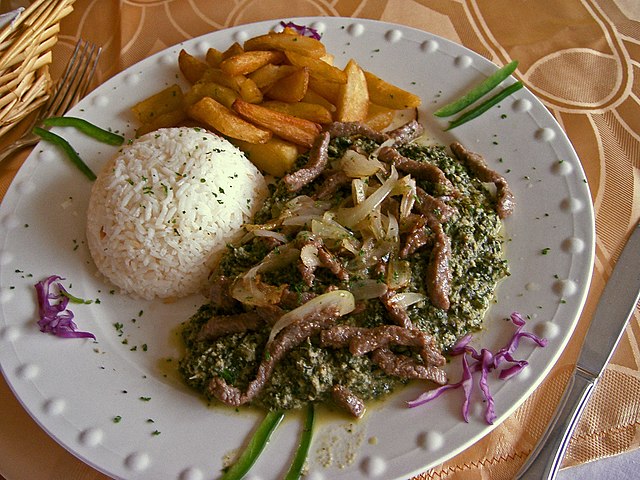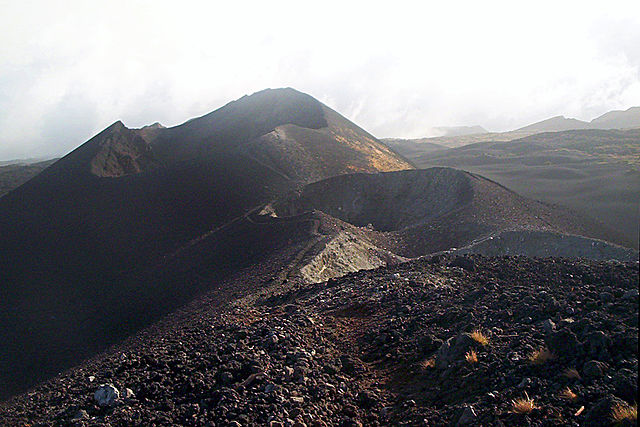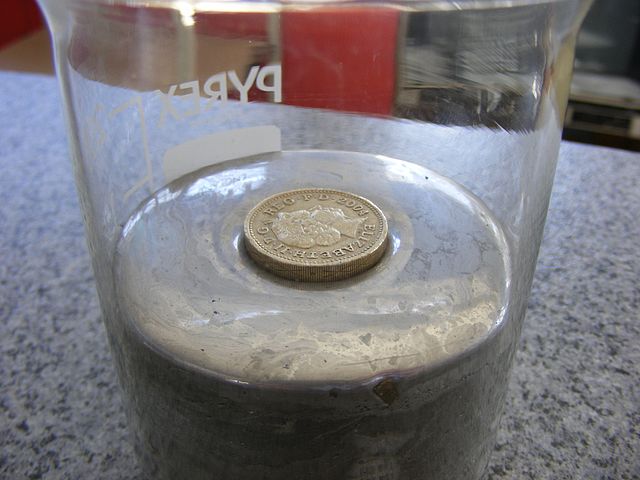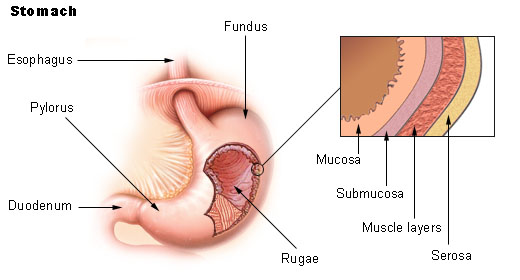Cameroon is a country in Africa on the West coast, right on the Pacific Ocean.

(from: wikipedia - cameroon)
Just like Ghana, the Cameroon flag has the colors green, red and yellow..
These are sometimes known as the Pan African colors, and countries in Africa share them to show that they are all together in Africa.
The flag has a green stripe for the forests, a red stripe for unity (which means working together), a yellow stripe for the sun and desert, and a yellow star in the middle which also stands for unity.

(from: wikipedia - flag of cameroon)
To eat in Cameroon you might have ndolé, which is a stew of nuts, bitter leaves, and fish or beef.

(from: wikipedia - ndolé)
There is an active volcano called Mount Cameroon that erupts from time to time. The last time it erupted was in 2012.

(from: wikipedia - mount cameroon)
A musical instrument in Cameroon is called the Bamileke drum.

(from: wikipedia - bamileke)
Kid Facts - Blast from the past: Greece



